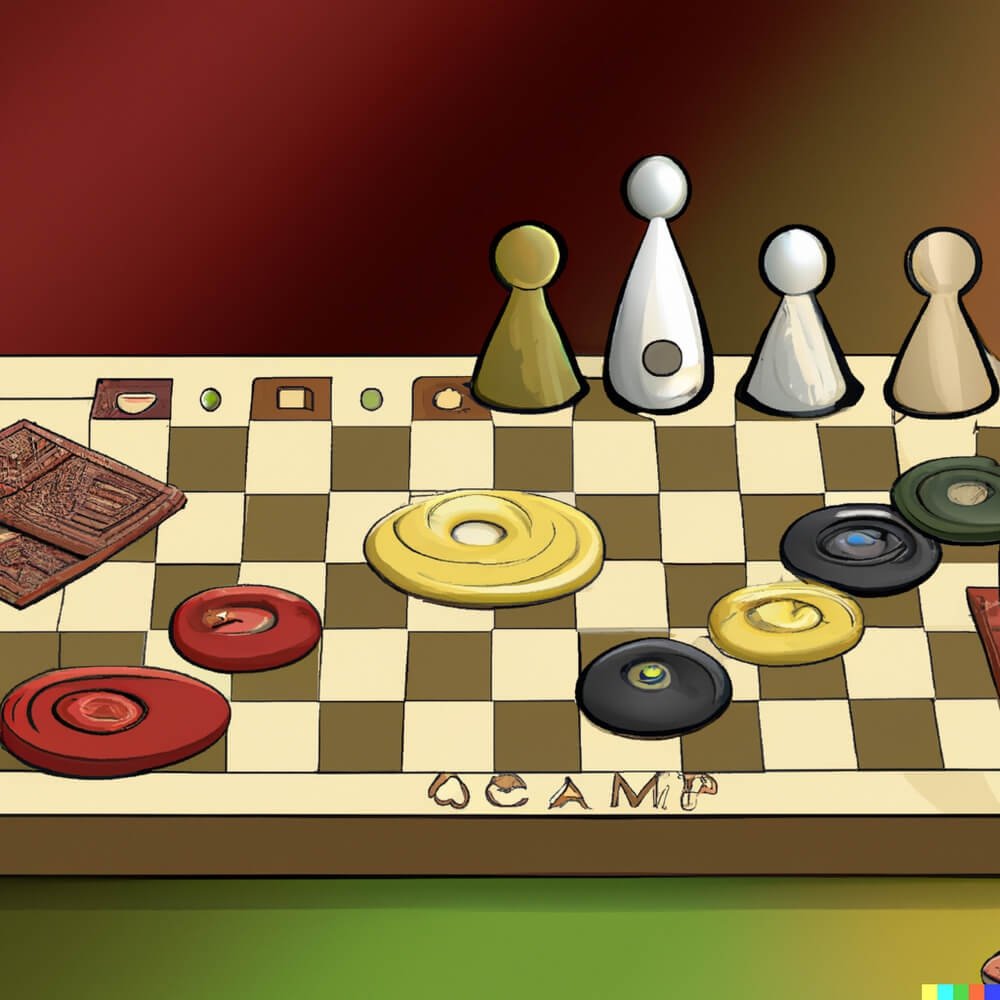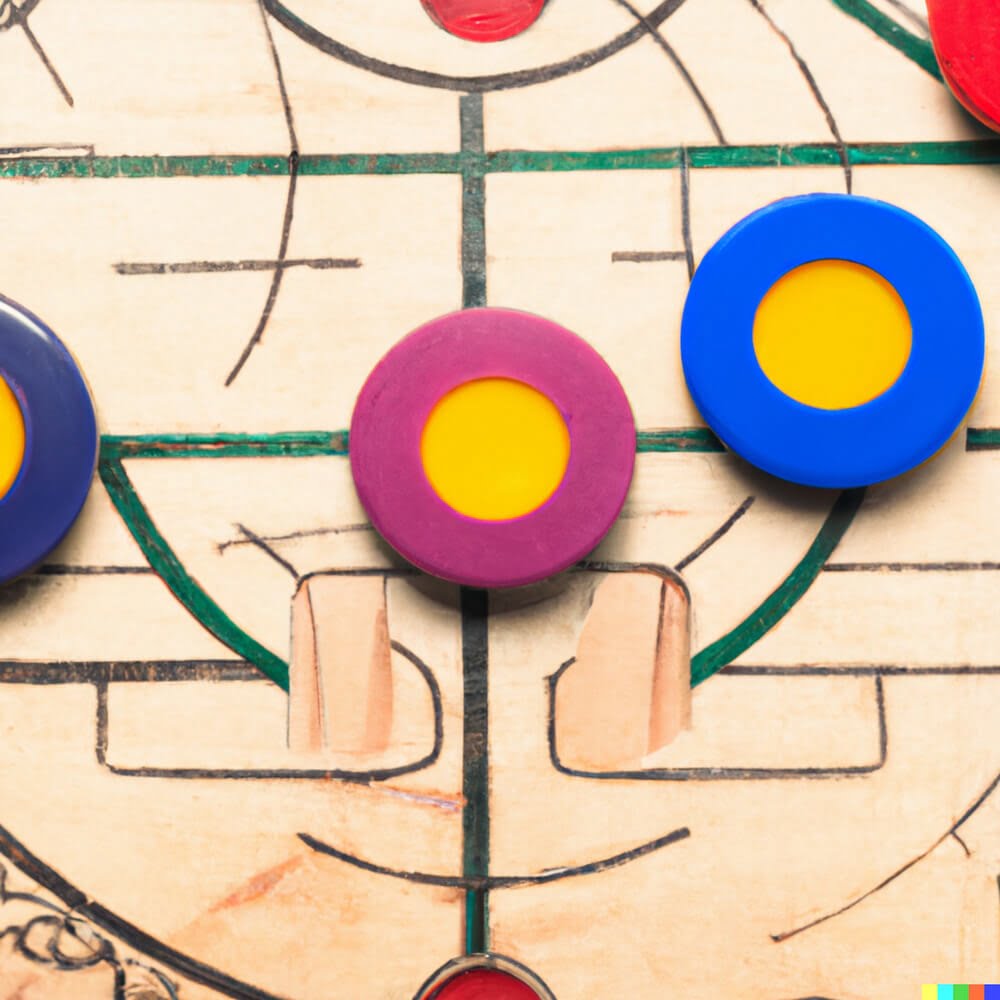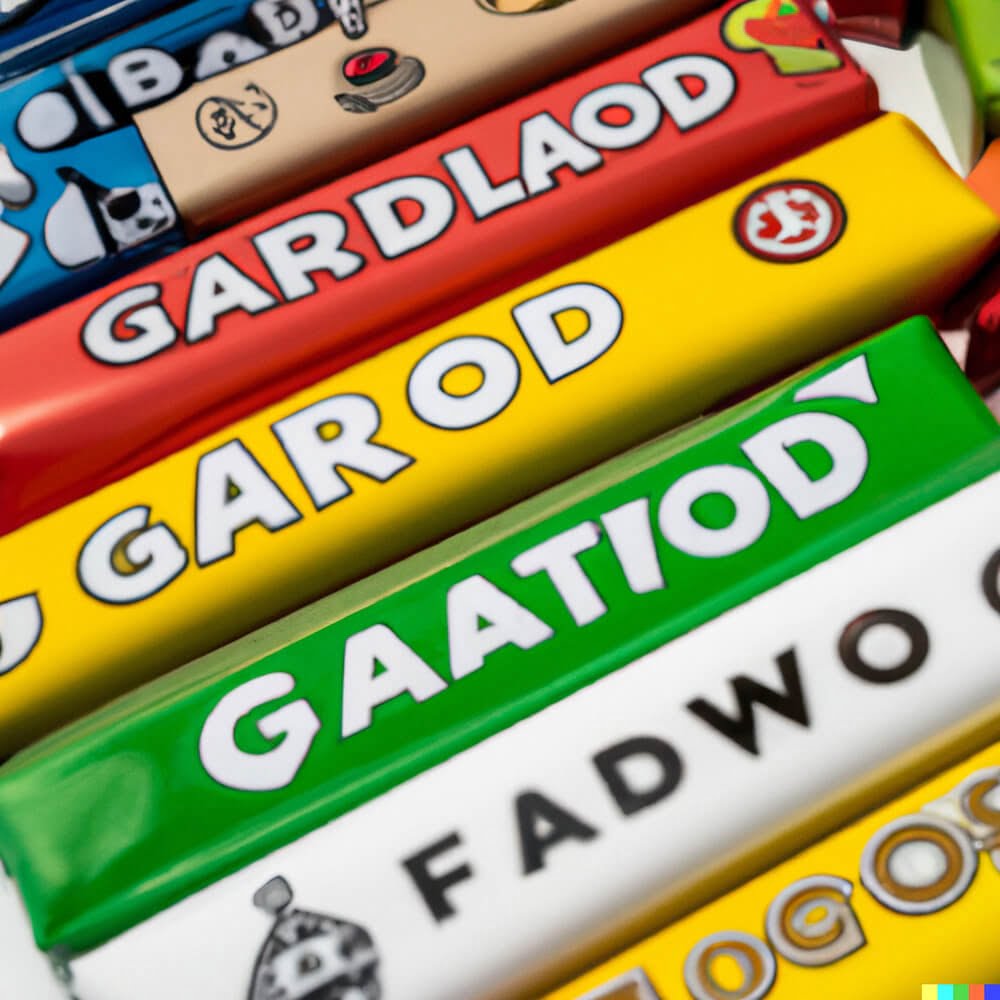Introduction
Making your own board game instructions can be a lot of fun and an extremely rewarding experience! You get to create the rules, design the components, and create your very own original game. Everyone gets the chance to put their creativity and imagination on the table. Plus, you can show off the game to your friends and maybe even have it featured in local game stores. Not only this but creating your own board game lets you be interactive with those playing by collaborating with one another to form a unique strategy. It also encourages problem-solving skills and promotes healthy competition. All this makes making your own board game instructions a great way to spend quality time with those around you while having lots of fun.
Gather Your Materials
To make your own board game, you need to first gather the necessary materials. Depending on the type of board game you want to create, you may need cardboard, poster boards or heavy cardstock paper for creating the game board itself. You will also need markers and other craft supplies such as colored pencils and scissors for customizing and cutting out cards or pieces that go along with the game. Additionally, you will need token pieces like coins, buttons, or some kind of chip to move around on the board as part of playing each round as well as a die for rolling. Finally, be sure you provide yourself with plenty of extra paper for brainstorming inspiring ideas and prototypes before finalizing the game entirely. Once you have gathered all these materials, it’s time to begin your creative project by designing your very own homemade board game!
Design the Rules
When creating your own board game, it is important to begin by designing the rules. This involves crafting the mechanics and playstyles of the game. You must decide how many players will be able to participate at once, what type of objects are used to move around the board, what ways players can interact with each other, among other factors. When considering how your game should be played, it may help you to compare it to existing games that overlap in structural elements. Ask yourself questions such as: What makes this game unique? How will players win/lose? Are there special abilities or powers? It is also helpful during this stage to create a flowchart or diagram to depict how your game should unfold from start to finish. Finally don’t forget about safety considerations, make sure pieces are too large for young children and smaller for older children so that everyone can enjoy safe fun!
Write and Draw the Instructions
Instructions are key when it comes to making your own board game, so it is important to make yours as easy to understand and visualize as possible. Here are some tips for creating easy-to-follow instructions for your board game:
1. Use Simple Language: Keep it simple! Avoid overly long, complicated words or phrases and aim for shorter, more accessible ones. This will help ensure players can quickly grasp the rules of your game.
2. Include Visuals: To help illustrate the rules and objectives of your board game, supplement the written instructions with visuals such as diagrams, charts, pictures, or flowcharts whenever possible. Be sure to provide detailed labels so that players have a clear understanding of their purpose.
3. Break It Down Into Steps : Breaking down each step into smaller tasks helps illustrate how the game progresses in an organized manner while also reducing confusion during gameplay. Each individual step should be clearly labeled and described in full detail.
4. Provide Examples: If you can’t explain something simply through words or visuals alone, provide example scenarios from actual gameplay to further clarify the task at hand for players. This way everyone can gain an understanding of how the rules work and apply them as necessary during playtime!
Organize and Format the Layout
A board game instruction manual should be straightforward and easy to follow. Before beginning the process of creating a manual, it is important to decide the layout and format. Organizing the instructions by writing out each step chronologically will help ensure that your players understand every element of the game or activity. If possible, illustrate each step with simple graphics or diagrams”this will make it even easier for players to visualize what they are supposed to do. Players who don’t read a lot can also benefit from this visual aid. Depending on how complex the game is, you may also need to provide an explanation of any difficult rules and some sort of tutorial in case there are interactions between different pieces which are not clear at first glance. Depending on the size and complexity of your board game, it may be wise to have multiple levels or a “quick start” guide in order to help new players get into the action immediately. Finally, ensure that all important parts are labeled clearly and that players have easy access to all needed materials like dice, cards, tokens, or figurines. By taking thoughtfulness in constructing your awesome instruction manual, you can guarantee that your board game will become even more fun!
Final Touches
Once you have the basic premise of your game, the rules and components created, it’s time to finish perfecting your board game with a few extra touches in terms of layout and content. The most important consideration when creating a board game is readability. You need to make sure that all information on the board is clearly visible, which means avoiding overly busy designs or opting for small typeface which could be difficult for players to comprehend. Consider using colors like bold lines and dotted patterns to separate various sections or content in your layout. Additionally, use icons instead of long descriptive text whenever possible as this helps keep things clear and concise. Finally, add extra touches such as images or token pieces which correspond to particular aspects of gameplay like weapons or vehicles; this makes it easier for players quickly reference important playing elements without needing to consult a lengthy instruction manual. Taking the time to consider readability will ensure that no player has any difficulty understanding how the game works so they can enjoy it more!
Testing the Rules and Instructions
One of the key components of creating a successful board game is testing. Testing your gameplay and making sure the instructions are clear and comprehensible are essential to including user feedback in the development process. The idea behind testing is to gather as much feedback from possible players as you can before you launch, so that you have time to go back and fix anything that might have been left out. Knowing how users interact with your game provides invaluable insight into whether or not more tweaking needs to be done before it will truly fulfill its intended purpose.
Iteration is another component of successful testing; it allows for changes to be made more quickly and for developers to use their skills to develop strategies for optimization. Iteration involves reviewing feedback from players, honing game mechanics and rules, adding new content, listening to user feedback on design elements, and making changes accordingly. This type of testing allows developers to make sure they’ve created an enjoyable experience which captures a wide audience upon release. Iteration also helps with balancing any items or features that may either make the game too hard or too easy by adjusting them as needed during playtesting as opposed to waiting until after launch. By taking this approach developers can ensure they’ve created the most efficient product while simultaneously keeping up with user demands throughout the development process.
Conclusion
Once you’ve designed your board game and followed the instructions to make it, the final step is to share your creation with family and friends. Host a game night and invite others to have fun with their new favorite game. Gather feedback during the game session and consider how you can improve playing experience based on comments. Also, think about ways to promote your game. You could create an advertisement or post it online where you know people who like playing board games hang out. The possibilities for promotion are endless! Lastly, always remember that some of the great things about homemade board games are that no two games are alike or will be as creative as yours. Encourage others to create their own unique board games too and celebrate everyone’s creativity!

I love playing all kinds of games – from classics like Monopoly to modern favourites like Ticket to Ride.
I created this blog as a way to share my love of board games with others, and provide information on the latest releases and news in the industry.





